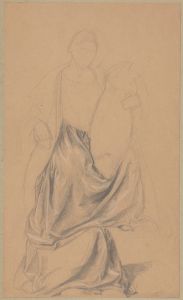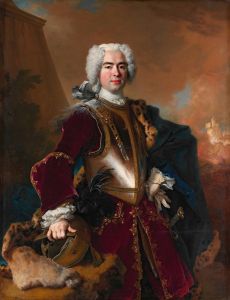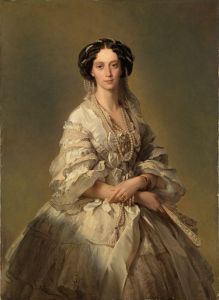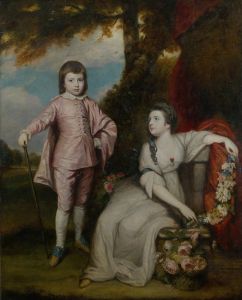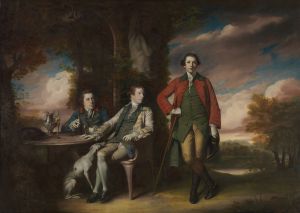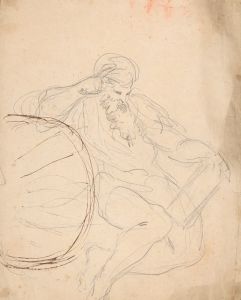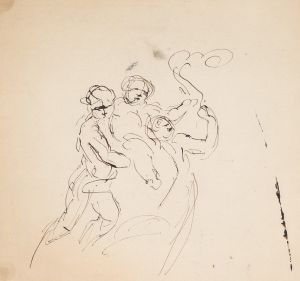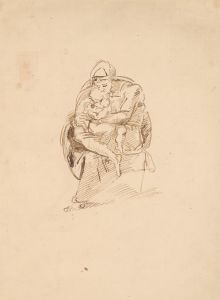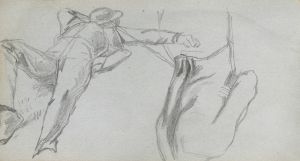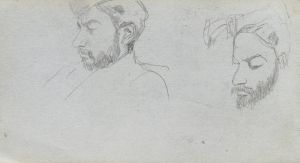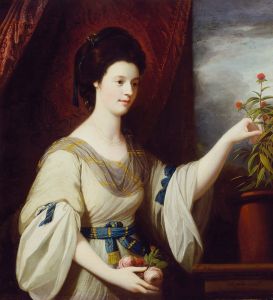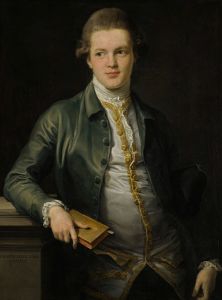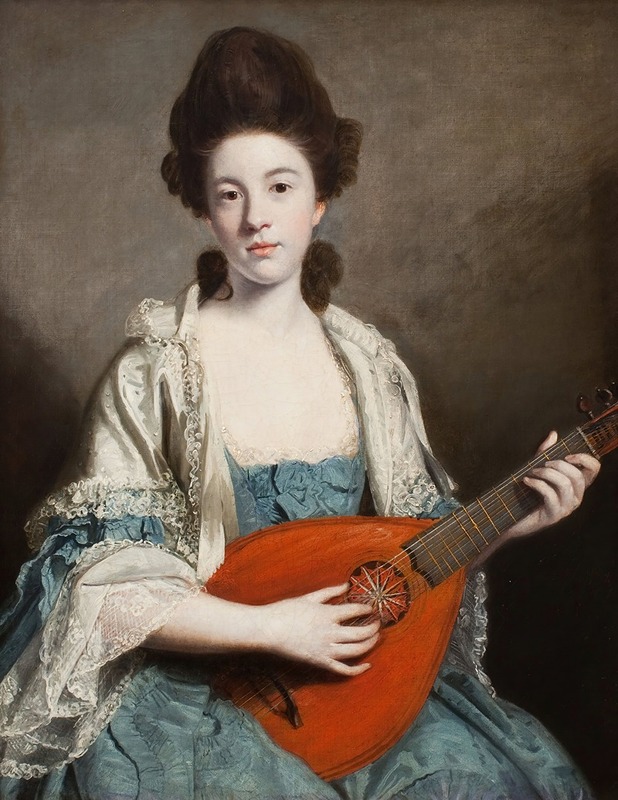
Mrs. Robert Froude,née Phillis Hurrell
A hand-painted replica of Sir Joshua Reynolds’s masterpiece Mrs. Robert Froude,née Phillis Hurrell, meticulously crafted by professional artists to capture the true essence of the original. Each piece is created with museum-quality canvas and rare mineral pigments, carefully painted by experienced artists with delicate brushstrokes and rich, layered colors to perfectly recreate the texture of the original artwork. Unlike machine-printed reproductions, this hand-painted version brings the painting to life, infused with the artist’s emotions and skill in every stroke. Whether for personal collection or home decoration, it instantly elevates the artistic atmosphere of any space.
The painting Mrs. Robert Froude, née Phillis Hurrell is a portrait created by Sir Joshua Reynolds, one of the most prominent and influential portrait painters of 18th-century Britain. Reynolds, known for his role as the first president of the Royal Academy of Arts and his contributions to the development of the Grand Manner style of portraiture, painted this work during his prolific career.
The subject of the painting, Phillis Hurrell, was the wife of Robert Froude, a clergyman. Phillis Hurrell came from a notable family in Devon, England, and her marriage to Robert Froude connected her to another prominent family in the region. The portrait is believed to have been commissioned to commemorate her status and role within society, as was customary for women of her standing during the period.
In this work, Reynolds employs his characteristic techniques, including the use of soft, diffused lighting and a harmonious color palette, to emphasize the elegance and grace of the sitter. Phillis Hurrell is depicted in a refined pose, dressed in attire that reflects the fashion of the time. Reynolds often sought to elevate his subjects by incorporating elements of classical art and idealized beauty, and this portrait is no exception. The background and composition suggest a sense of timelessness and dignity, hallmarks of Reynolds's approach to portraiture.
The painting is an example of Reynolds's ability to capture not only the physical likeness of his sitters but also their social and personal identity. It reflects the cultural and artistic values of 18th-century Britain, where portraiture played a significant role in asserting status and legacy.
The current location of the painting is not specified in widely available sources, and further details about its provenance or exhibition history are limited. However, it remains an important example of Reynolds's work and his contribution to the art of portraiture during the Georgian era.





